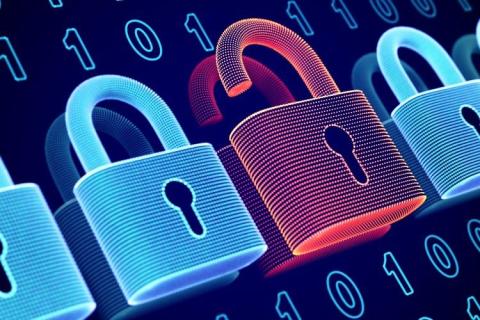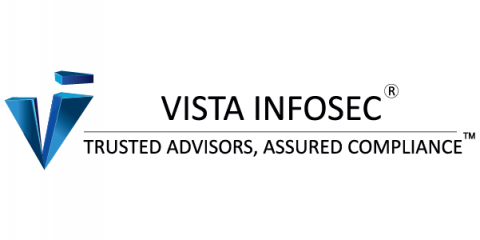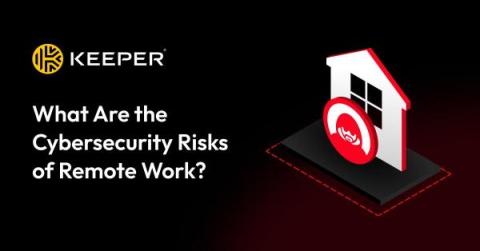How To Maintain Security When Employees Work Remotely
As remote work increases, organizations are faced with new cybersecurity challenges. When employees access sensitive company data from various locations and devices, traditional security perimeters dissolve and create potential vulnerabilities. This guide focuses on proactive measures, strategies, best practices, and advanced monitoring solutions to employ when your employees work remotely.











